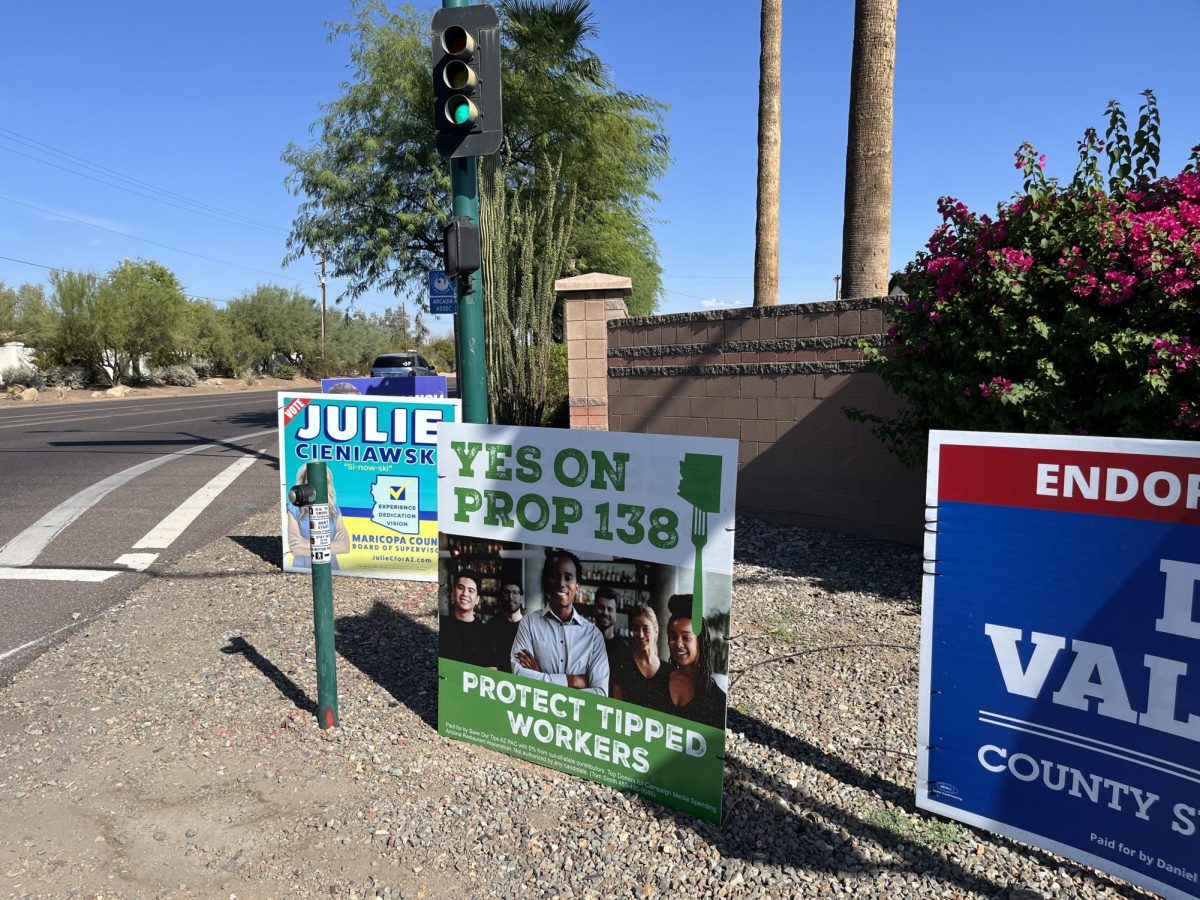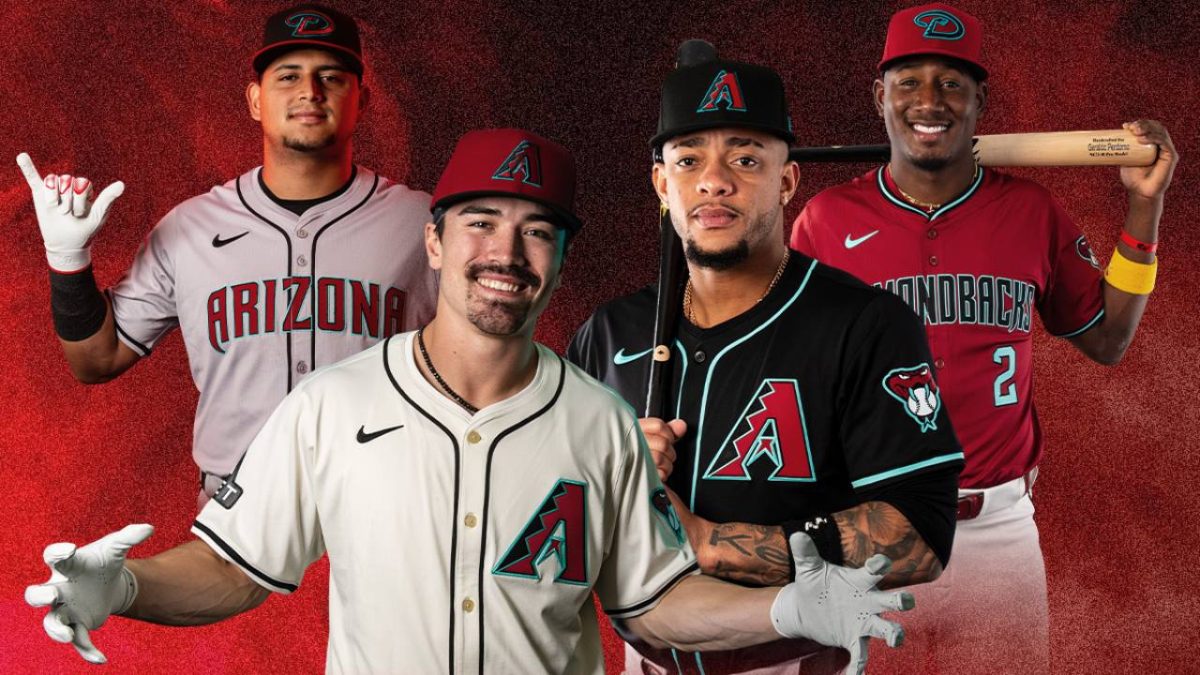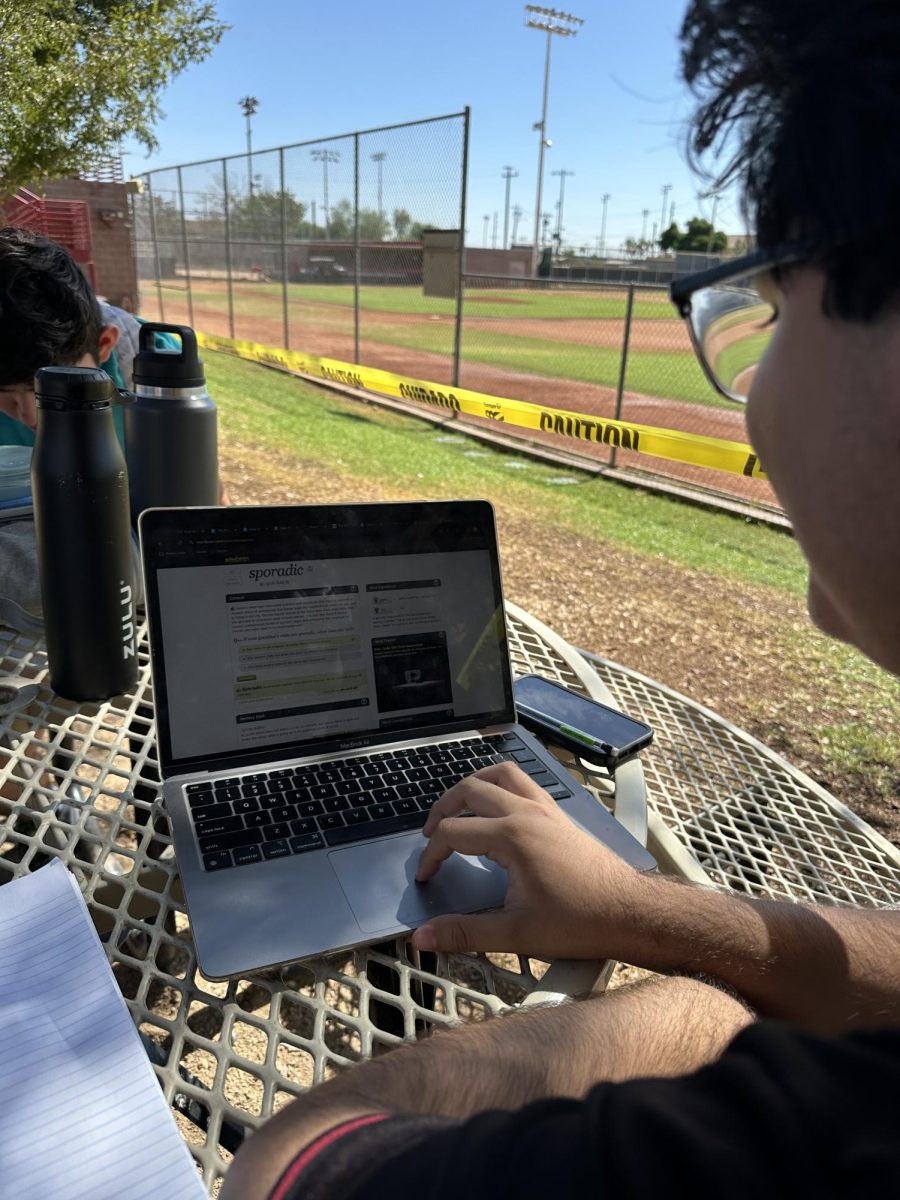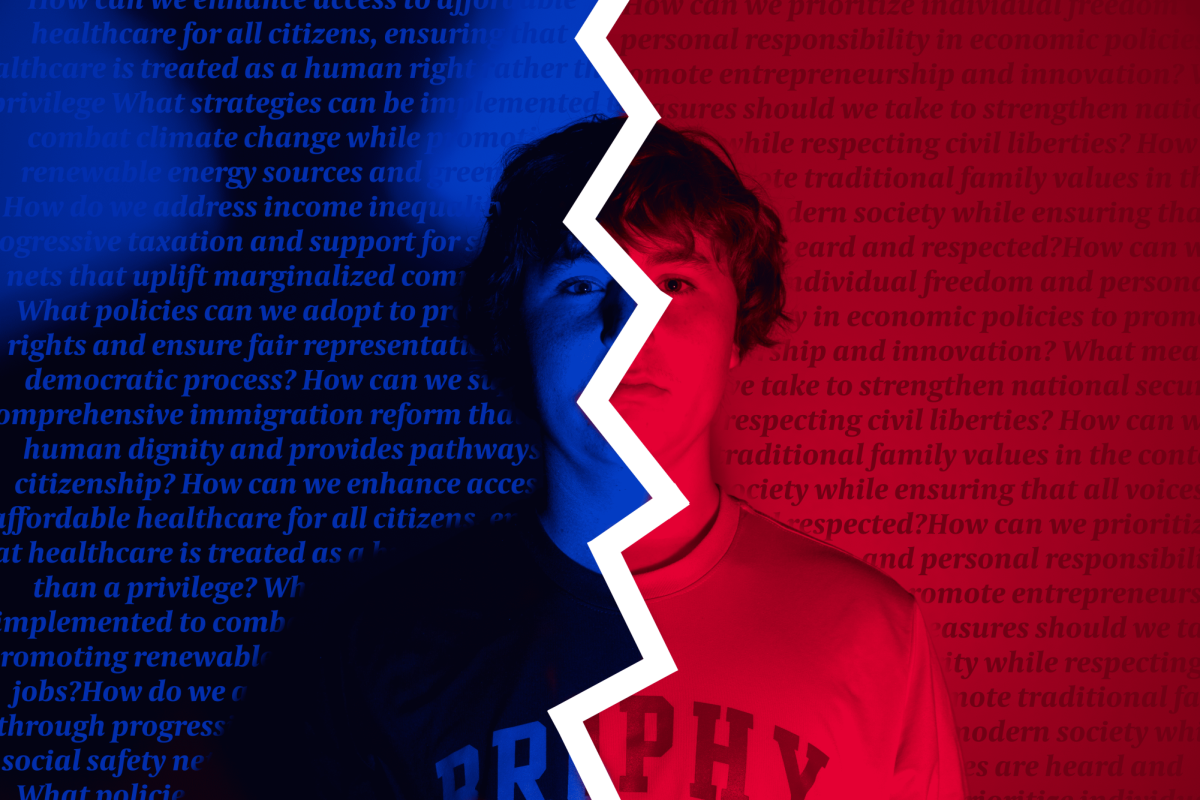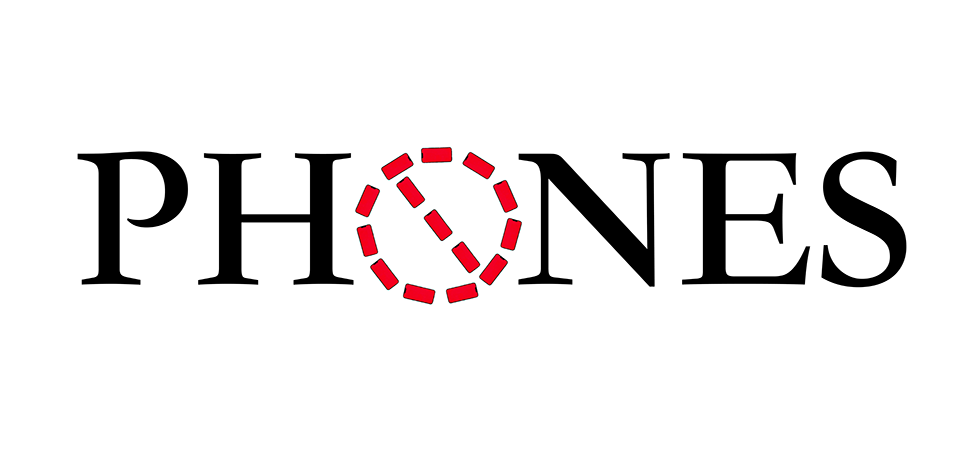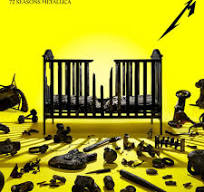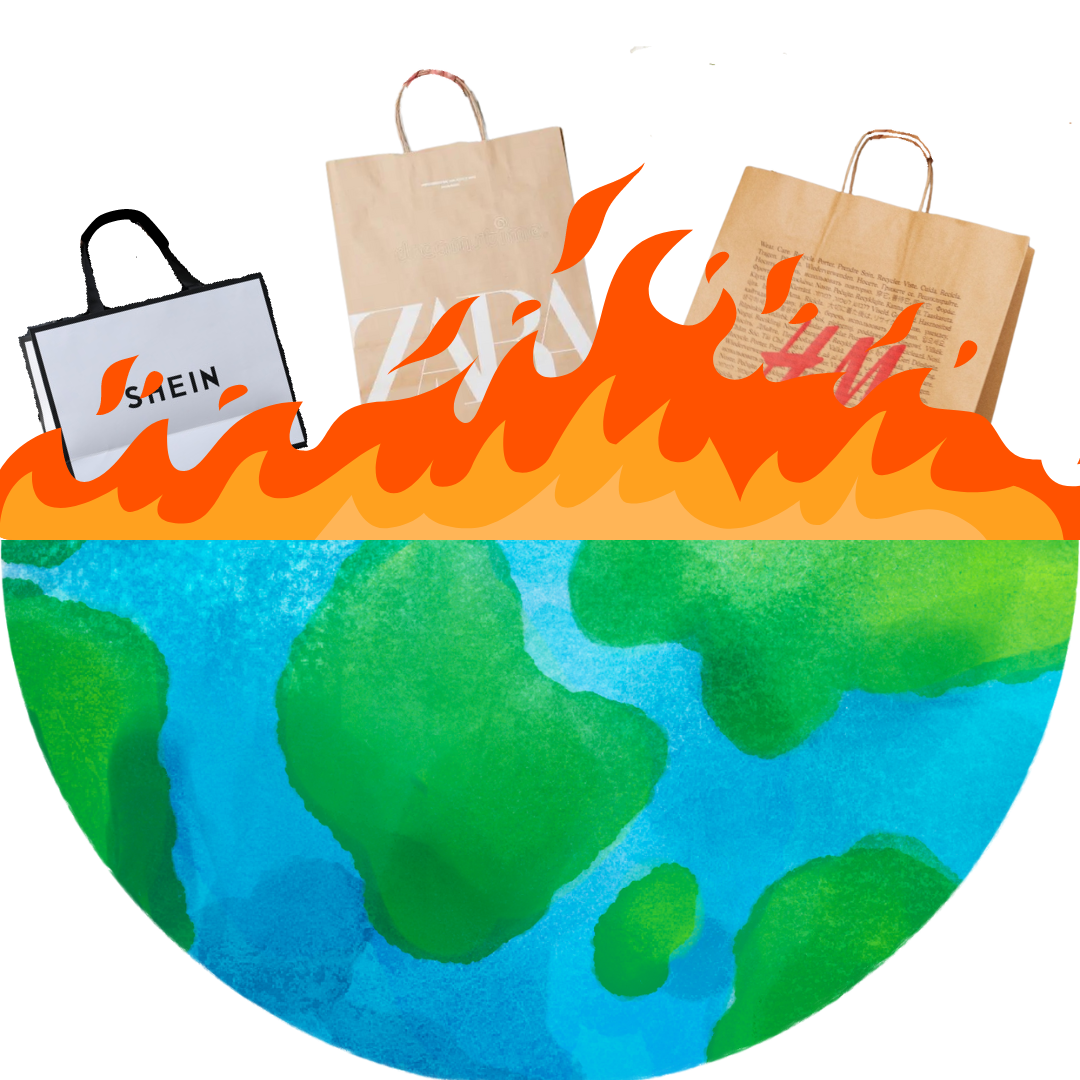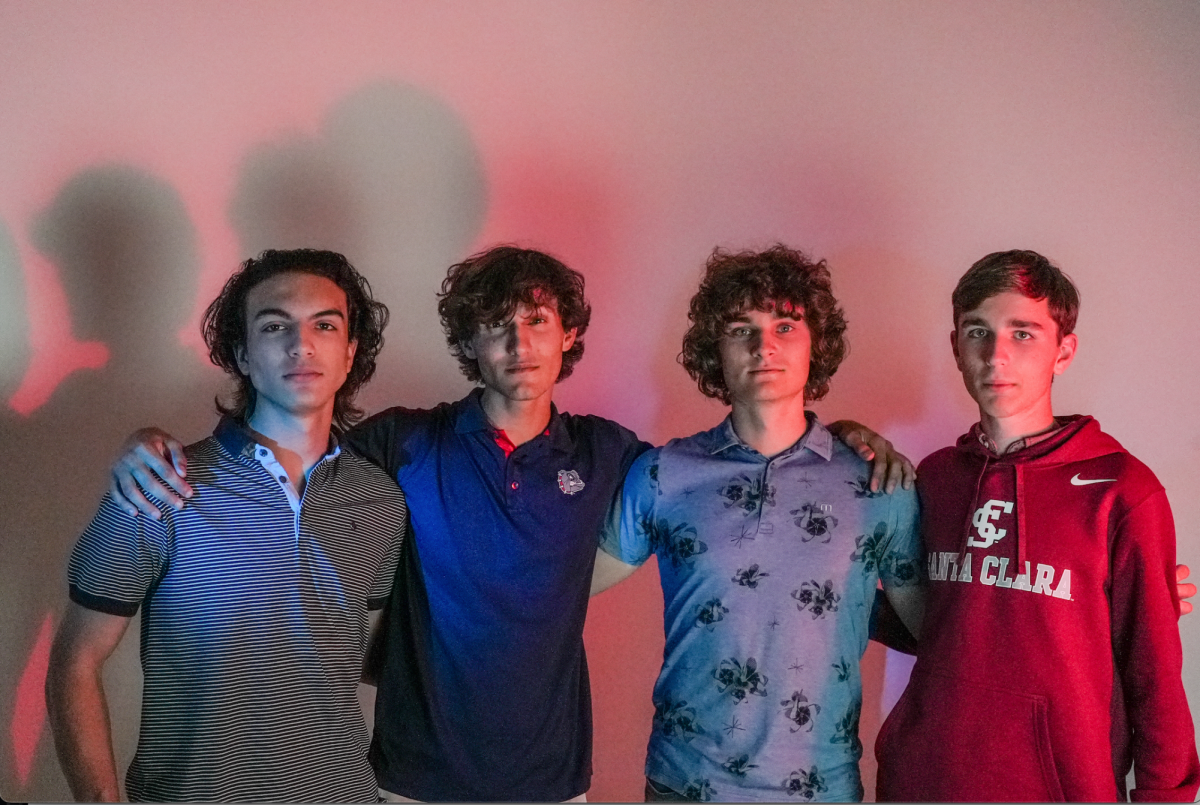Since Tik Tok’s influence took hold of modern society, everything has become faster. Media has adapted by pumping out short-form content in order to cater to shorter attention spans. But this digital phenomenon has created real-world issues, prominently how faster trend cycles have led to fashion becoming a leader in harmful environmental impact.
Consumer trends no longer follow the traditional Fall/Winter and Spring/Summer collections released by fashion houses, as trendy items flow in and out of swing in a matter of weeks. This higher turnover rate, combined with trying to capitalize on what’s ‘new,’ has put sustainability and responsibility on the backburner for large corporations, creating what is commonly known today as ‘fast fashion.’
Fast fashion is a production and marketing strategy that aims to rapidly manufacture high volumes of clothing.
Cheaper prices are able to cater to wider audiences, making Zara, H&M, and Uniqlo some of the biggest names in everyday wear. But growing markets for this type of production only fuels greater climate destruction, increasing humanity’s ecological debt.
Sean Kelly ’24, president of Brophy’s National Art Honor Society and founder of streetwear company Velvet Freak, said, “fast fashion isn’t real fashion. It is an impression of what is trending at the current moment and to make them quickly and cheaply so that these products are still trending often requires child and slave labor.”
This isn’t just a consequence of fashion however, but a wider reflection of growing consumerism in modern society. We want more things, and we want them now.
But as commodities come out of trend, they eventually come back in. Adopting this circular model entails reusing clothes and consuming mindfully, always keeping one’s carbon footprint at the forefront of wardrobe decisions.
With circular fashion, trends can start to work as an advantage rather than a hindrance. When influencers go thrifting or upcycle their clothes, these climate-healthy practices become ‘cool.’
“Consumers can be fiscally responsible by finding brands that they are actually interested in that utilize ethical practices rather than just buying a cheap shirt to fit in. Though most high fashion is expensive, not all fashion is,” said Kelly ’24.
Not only is fast fashion accelerating climate change, but it isn’t even a true representation of what true fashion is, the store-brand knock off of reality. “There is a difference between fast fashion and what is trending in the world of fashion today. Fast fashion is essentially mass-producing a single trend such as black leather pants through means of slave and child labor where a fashion house like Balenciaga would acknowledge that black leather is popular and put their own spin on it by making an entirely new design of pants made of black leather,” said Kelly ’24.
Modern trend cycles have manifested this struggle in the fashion industry to be ecologically responsible, but it exists as a wider struggle in the world of capitalism with ethical practices.
In 2022, Patagonia announced that moving forward they would put all profits toward climate activism, creating space for eco-friendly fashion to exist in the modern world.
“As far as models for ecologically responsible fashion, Marc Jacobs continues to do a great job of this,” said Kelly ’24. “During his recent Fall 2023 runway show, he designed the show to be only three minutes long. He also designed runway notes written by ChatGPT. This whole show condemned fast fashion in a joking manner by mimicking it with unoriginal runway notes and almost no focus on the clothes that he had actually designed.”



